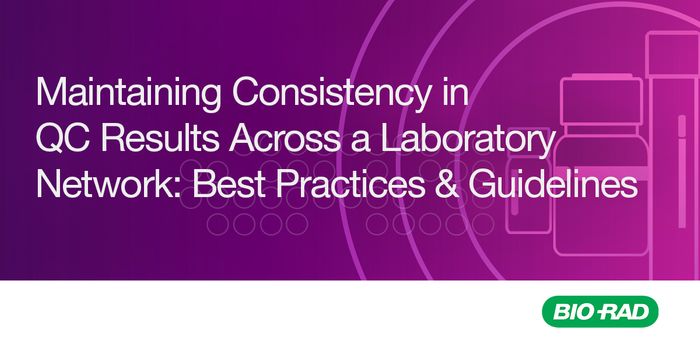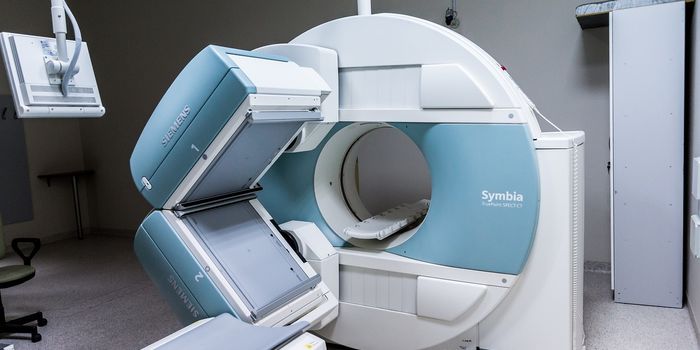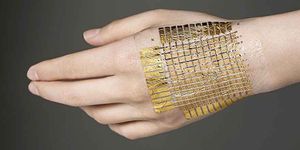New Probe Aims to Curb Undue Antibiotic Use
Diagnosing an infection as bacterial or viral can be difficult, even for trained specialists. And while it may seem sensible to err on the side of caution and take antibiotics, overuse of antibiotics is now one of the main factors in the rise of superbugs - antibiotic-resistant bacterial pathogens.
But what if we had better tools to distinguish between infections caused by viruses versus those caused by bacteria? UK scientists say they’ve developed just the thing. Named Proteus, the fiber-optic lung probe can save patients from taking antibiotics if they don’t have a bacterial infection.
According to the American College of Physicians and the Centers for Disease Control and Prevention (CDC), about 50 percent of antibiotics prescribed for respiratory infections may be unnecessary. And more is not better when it comes to undue antibiotic exposure, as these drugs can select for bugs that are more resistant in the future.
To reduce the chances of a wrong diagnosis and undue antibiotic exposure, the team from universities in Edinburg, Heriot-Watt and Bath, developed the Proteus lung probe.
In essence, the probe has chemicals that fluoresce when bacteria is present. The fluorescence signals are picked up via minuscule fiber optic tubes that can be easily guided into the patient’s lungs. Doctors could use this system and validate a bacterial infection diagnosis before prescribing antibiotics.
Given the imprecise nature of X-rays, and the laborious nature of traditional blood tests, the team hopes the Proteus could "revolutionize the way critically-ill patients and others with long-term lung conditions are assessed and treated.”
"We need to understand disease in patients better so that we can make better decisions at the bedside,” said Dr. Kev Dhaliwal, the project lead at the University of Edinburg.
"The rise of antimicrobial resistance is the biggest challenge in modern medicine and the support from CARB-X will accelerate development of Proteus technology to be ready for clinical use faster and more widely than previously possible,” he added.
Meanwhile, the obvious question remains: Why don’t we make new antibiotics? The answer isn’t so simple since it’s been decades since the last new antibiotics were discovered. Finding new drugs for superbugs can take years for testing and approval, and this pipeline just hasn’t been in the forefront for most pharmaceutical companies recently.
Of note, it’s never anyone’s intent to minimize the life-saving powers of antibiotics. Rather, we should be more judicious about the circumstances that warrant antibiotic use. The bottom line seems counterintuitive: to stop the rise of antibiotic-resistant bacteria, we should be more discriminate about the use of antibiotics. But, if successfully applied to the clinics, the diagnostic strategy could save billions of dollars in the long run.
Additional sources: BBC









